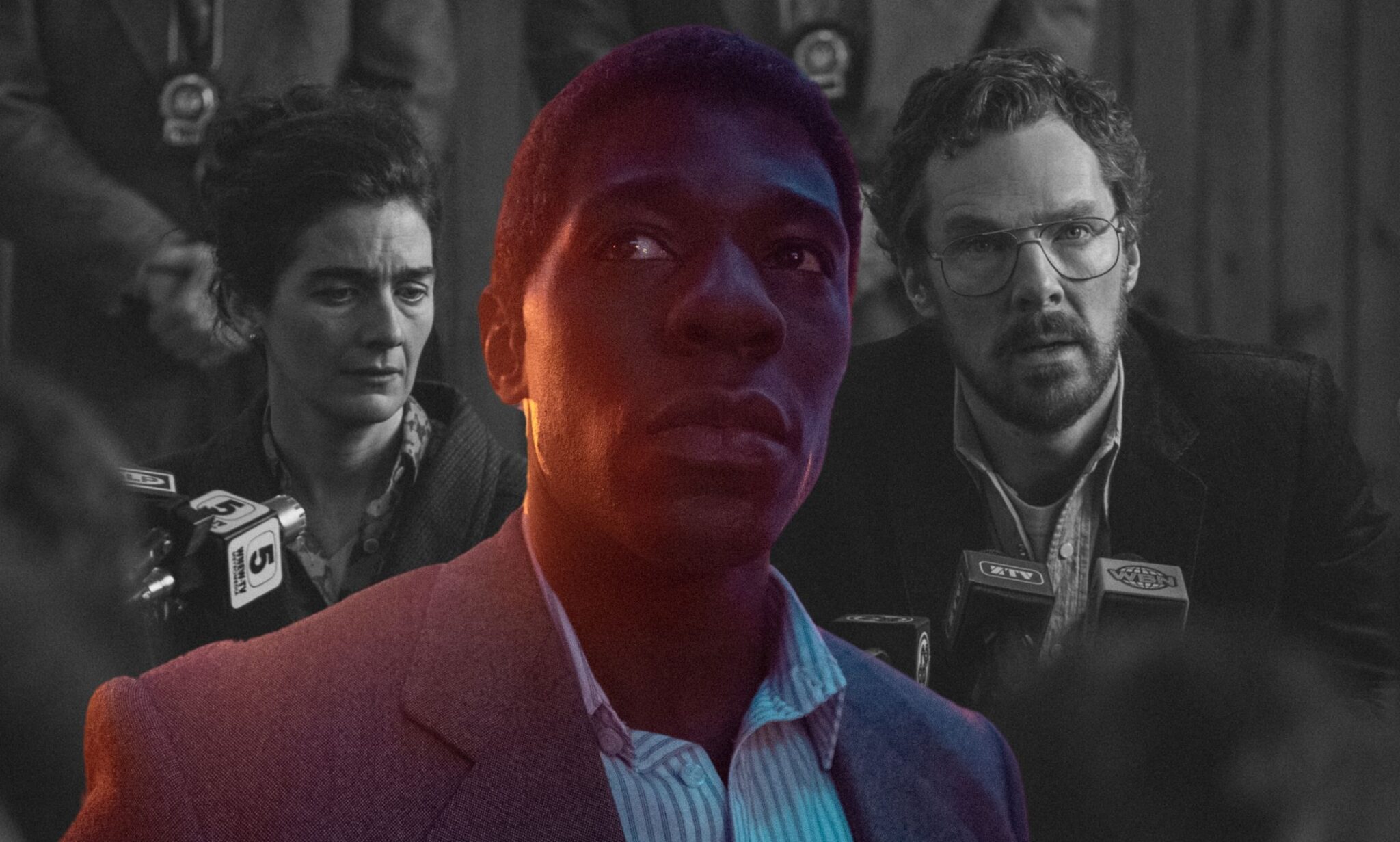Eric on Netflix: Riveting Watch with Problematic AIDS Storyline
Sign up for more LGBTQ+ news and updates at TrueQueer.
Eric: Netflix’s Thrilling Show with a Controversial AIDS Storyline
In today’s media landscape, where the approach seems to favor quantity over quality, meticulous and engaging content is something of a rarity. One such exceptional production is Netflix’s latest thriller, Eric. A departure from the norm, it leaves viewers riveted with its unique narrative and daring themes.
Backdrop and Plot
The mini-series takes its audience across time to a foggy, grim New York City of the 1980s. Enter Vincent Anderson, a temperamental puppeteer, portrayed masterfully by The Imitation Game star, Benedict Cumberbatch. Vincent works on a TV show during the daylight hours but devotes his evenings indulging in wine-infused arguments with his wife Cassie, played by the Transparent actress Gaby Hoffman. A bitter spectacle of their marital discord leads to their creative and introverted son Edgar (played by Ivan Morris Howe) disappearing while on his voyage to school. Enter McKinley Belcher III’s character, Michael Ledroit, a queer Black NYPD detective delegated to crack the case of Edgar’s disappearance.
Critical Acclaim and Daring Themes
There is plenty to admire about Eric, starting from the compelling performances down to the audacious sub-plots. Cumberbatch’s chaotic rendition of man losing control has made him a strong contender among awards circles, while Hoffman’s performance oozes power. The less-celebrated yet equally talented McKinley Belcher III cements his position for more promising roles with his performance as Michael Ledroit.
For a six-episode series, Eric tackles an impressive array of themes. It weaves in critical subplots revolving around New York’s homelessness crisis, mental health and addiction, marital infidelity, and institutional racism and homophobia. Moreover, it addresses the pervading Aids crisis devastating the city’s LGBTQ+ community during the 80s. However, herein lies a challenge.
AIDS Storyline Discrepancy
While involving these socio-political dimensions enhances the realistic tone of Eric, some critics have argued that it might have bitten more than it can chew. They suggest that such an array of intense subjects within a limited timespan dilutes the narrative’s clarity.
This criticism, however, isn’t entirely justifiable. The subplot involving New York’s relentless homelessness crisis or the struggles of a queer, Black cop in the 80s isn’t excessive, rather it is reflective of the realities of the era. However, the story’s cursory handling of the AIDS crisis appears a little inadequate and devoid of nuance.
In the early parts of the series, viewers learn about Ledroit’s partner, William (Mark Gillis), suffering from AIDS. Their scenes together reflect an understated, yet potent love gradually being thwarted by a silent disease. Yet the discreet nature of William’s anguish might obfuscate the true magnitude of the AIDS crisis to many unfamiliar with its harrowing history.
Rethinking the AIDS Narrative
Not all LGBTQ+ stories set in the 80s need to dwell on the devastation caused by AIDS. However, if it is introduced as a subject matter, as it is in Eric, it deserves a more comprehensive and nuanced exploration. Eric would have been more impactful had it dedicated more scenes to demonstrate the severity of the AIDS crisis, which feels somewhat peripheral and underdeveloped in the current narrative.
Michael Ledroit’s character embarks on a journey of self-acceptance throughout the series, a development that is indeed powerful to witness. However, providing the AIDS subplot a more elaborate canvas could have enabled Eric to better represent the layered experiences and struggles of queer people during the 80s.
Follow us on: Facebook for more LGBTQ+ news and updates at TrueQueer.
Netflix’s Eric series review
![]()

